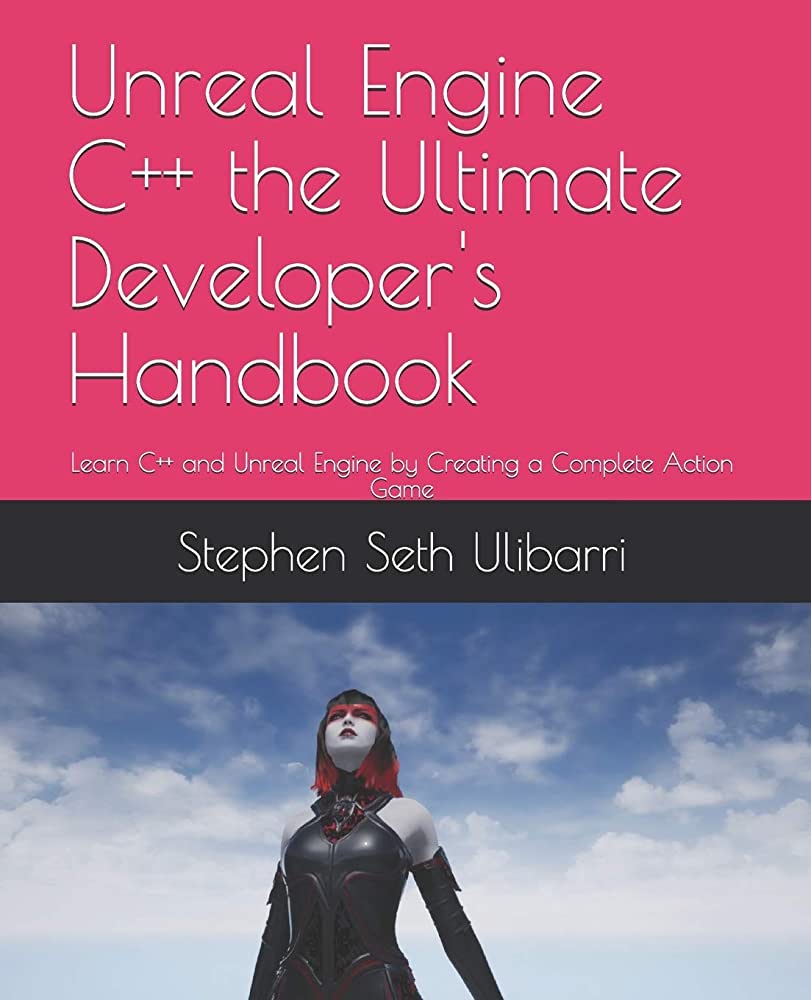This article provides a comprehensive overview of video game development using the C++ programming language. Before beginning game development with C++, a clear understanding of programming concepts such as loops, conditional statements, and different data types is necessary. Game development involves three main components: game design, graphics generation, and programming. Game engines make the development process easier by handling technical tasks, and popular game engines available for use with C++ include Unity, Unreal Engine, and CryEngine. C++ offers data structures that efficiently organize data, making it an excellent language choice for game development. Testing and debugging are essential to ensure stable and error-free games.
Introduction:
Game development has become a global phenomenon, and as times have passed, the demand for video games has grown enormously. Video games play an essential role in our daily lives; not only do they offer easy entertainment, but they also have a positive impact on our mental development, especially in the context of developing strategic approaches, mental agility, cognitive abilities, and enhancing creativity.
C++ is an object-oriented programming language that can be used for developing video games. In this article, we will give a comprehensive overview of game development with C++.
Preparing for Game Development with C++:
Before you start game development with C++, you must have a clear understanding of the basics of programming concepts. This includes knowing about basic programming constructs like loops, conditional statements, and different data types. You should also understand object-oriented programming concepts for creating objects, classes, and methods.
You should also be familiar with different integrated development environments (IDEs) such as Microsoft Visual Studio, GCC and the compilers available in them. You need a thorough understanding of the syntax and component structure of C++.
Basics of Game Development:
Game development is an art that requires creativity and technical skills. There are three fundamental components involved in game development: game design, graphics generation, and programming. The game design outlines the rules, mechanics, and objectives of the game, while graphics generation involves both creating and implementing the visuals of the game. This includes designing the character models, environment, terrain, and overall look and feel of the game.
The programming aspect includes creating code that can implement the rules and mechanics of the game. C++ is an excellent language for this as it offers high performance and control over programming. C++ has efficiently contributed to game development and is a popular language among game developers.
Game Engines:
Game engines are programs that developers use to build games. These engines feel like a pre-built system with different tools and functionalities that can make the game development process much more manageable. Using a game engine cuts down the time, effort, and essential resources required to create a video game. A game engine is written in a programming language and is designed to take care of the low-level tasks and the majority of the game’s technical aspects so that the game developers can concentrate on designing the game.
There are many popular game engines available to work with C++ like Unity, Unreal Engine, and CryEngine. Some of these engines are free to use, while others are commercial and come with detailed tutorials and large communities to gain guidance.
Coding in C++:
The core component of game development is coding. As we know, C++ is an efficient language that can handle complex applications with mathematical computations and graphics processing. This aspect of C++ makes it an excellent language choice for game development.
In coding, game developers start creating the game from scratch or use a game engine to program the game. In both cases, they have to adapt to C++ syntax and structure to create working code.
C++ offers data structures such as arrays, dynamic arrays, linked lists that organize data more efficiently. The game development process involves creating the game scenario, like designing the levels and programming the characters’ movements and games’ basic functioning.
Testing and Debugging:
The testing phase is essential to ensure the software is functioning correctly. The testing process involves locating and removing the bugs or errors from the game. Testing is a continuous process that involves testing the game at different stages and levels.
C++ has debugging tools that can pinpoint and fix errors. It is essential to test the game regularly to locate and eliminate any errors, ensuring that the game is stable and working as intended.
Conclusion:
Game development is a rapidly-growing field, and C++ continues to be one of the popular programming languages used by game developers. C++ provides the required performance and control required for game development. It is an exciting field that is continuously changing, and game development with C++ allows for excellent flexibility, creativity, and innovation. By following the steps outlined above, hopefully, you will gain a basic understanding of game development with C++.
